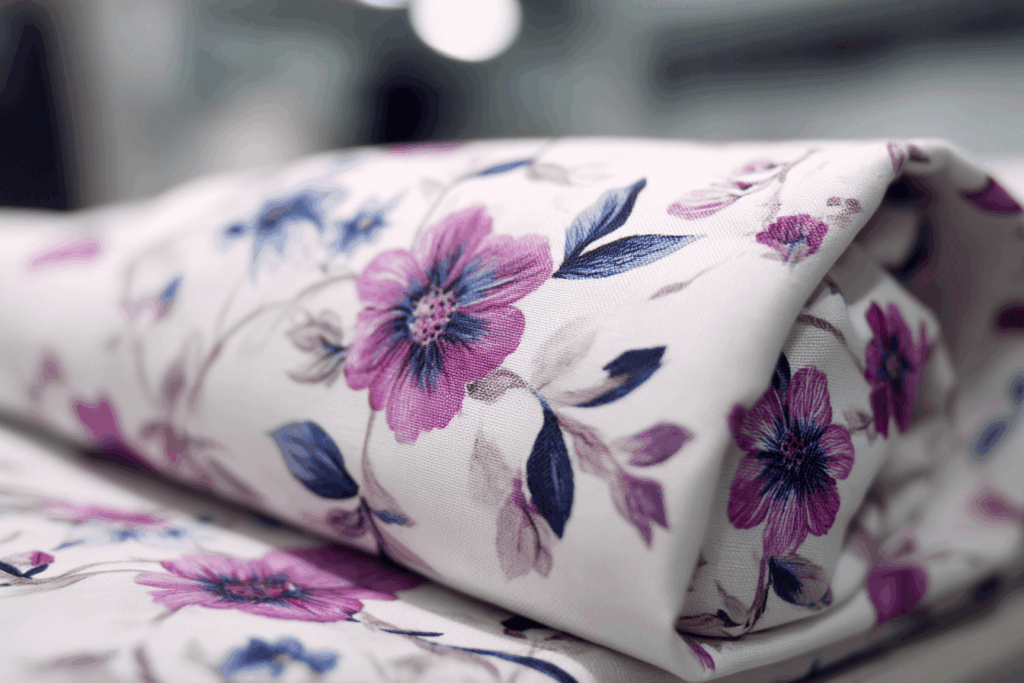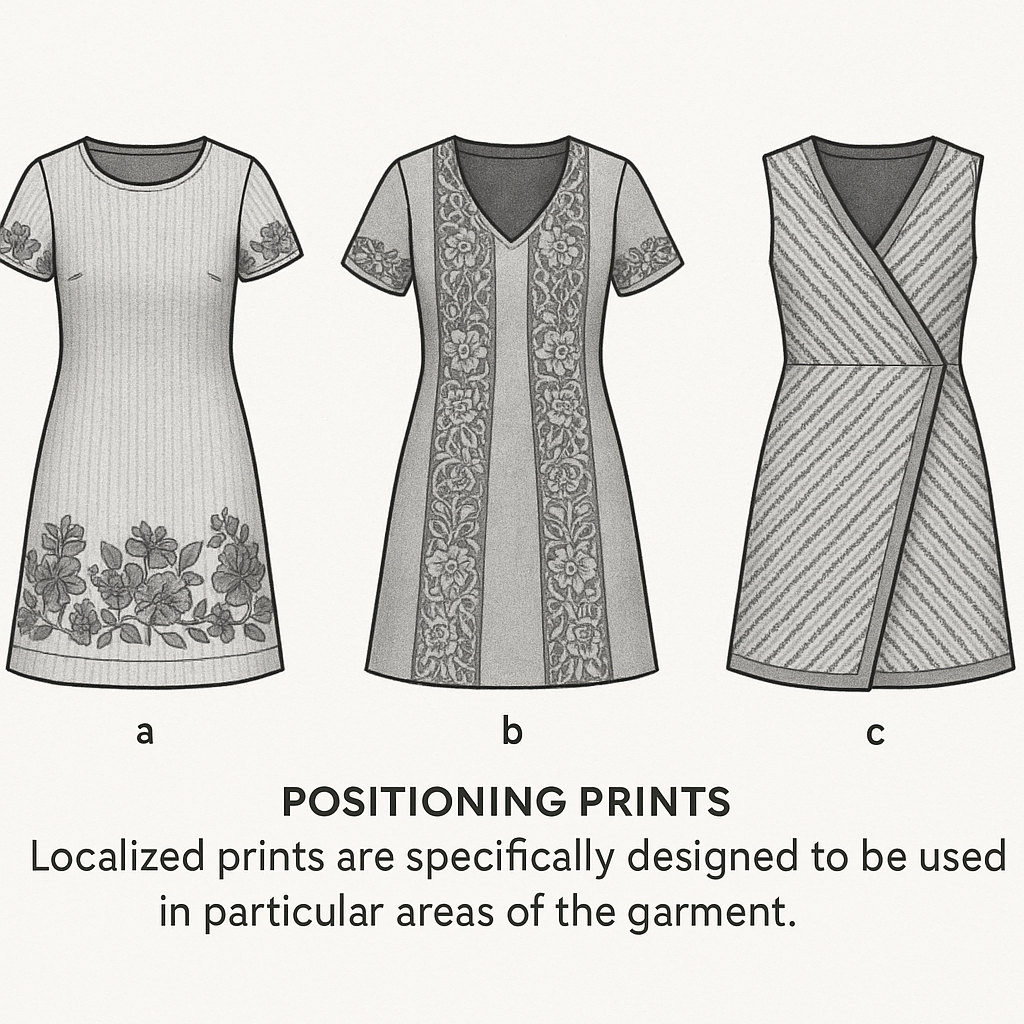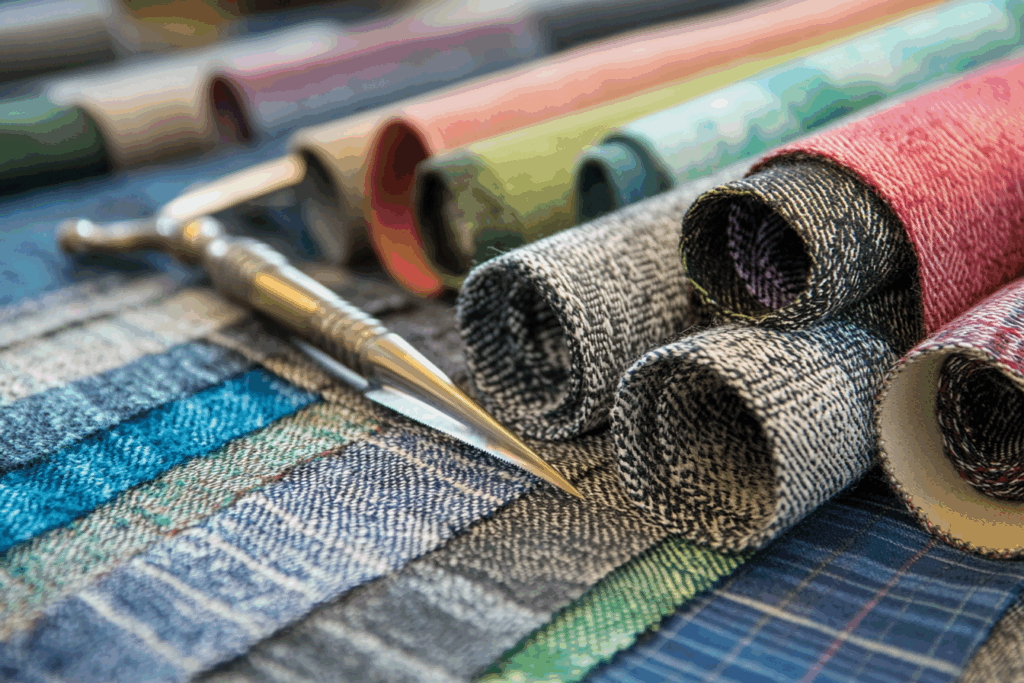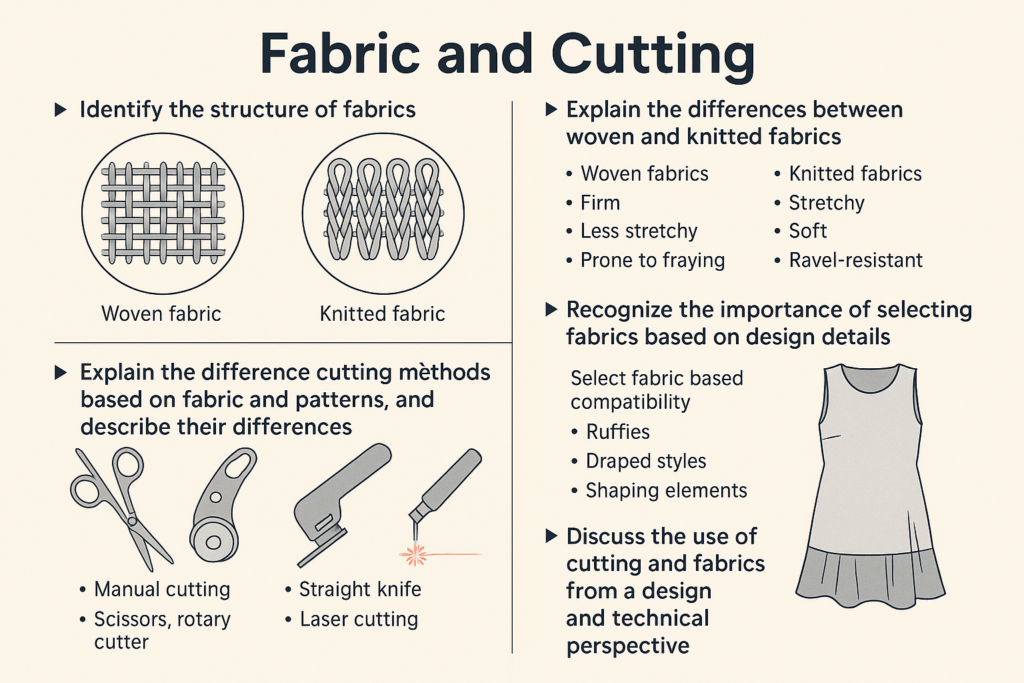🎯 Positioning Prints in Fashion Design: Precision, Placement & Impact
🧵 What Are Positioning Prints?
Positioning prints—also known as localized or placed prints—are fabric prints that are intentionally designed to appear in a specific part of a garment. Unlike all-over prints or edge prints, these require meticulous planning, printing, and cutting to ensure that design elements land precisely where the designer intends: collars, cuffs, waistbands, hems, or center panels.
These prints are not just decorative—they enhance visual focus, define structure, and add uniqueness to the final product. When used effectively, positioning prints turn simple garments into standout pieces.


✂️ Common Placement Areas for Positioning Prints
- Collars & Cuffs (Figure A)
Positioning prints are often applied to collars, sleeve hems, or yokes to add intricate detailing without overwhelming the entire garment. Designers may use varying print widths in different areas for a harmonious balance. - All-over Vertical/Horizontal Placement (Figure B)
Some prints are designed with directional lace-like patterns that need to be positioned both vertically and horizontally. This demands precise fabric layout and careful cutting to maintain visual alignment across panels. - Bias-Cut Panels with Vertical Borders (Figure C)
In some designs, prints follow the bias line but are meant to appear vertically. This requires advanced bias cutting techniques where the fabric grainline and print direction must be considered simultaneously.
🧵 Why Positioning Prints Matter
- Garment Symmetry: Especially for centered prints (e.g., florals or motifs), precise alignment ensures balance and a professional finish.
- Cost Efficiency: Proper layout planning reduces fabric waste and ensures multiple garment sizes can be cut from the same print run.
- Style Enhancement: Positioning prints draw attention to specific garment areas, helping achieve elegance or edge depending on the design.
🏭 Production Considerations
- Sample Testing: Due to the complexity of alignment, factories often cut and test sample layouts before production.
- Layout Transparency: Designers must provide detailed diagrams and cutting instructions to ensure accurate reproduction.
- Print Scaling: When the same positioning print is used for different garment sizes, scaling or digital reprinting may be necessary.
✅ Tips for Working with Positioning Prints
- Always confirm the print orientation with the supplier.
- Allow extra yardage in your costing for alignment waste.
- Specify “one-way cutting” or “bias cutting” clearly in tech packs.
- Use CAD software (e.g., Gerber, Lectra) for digital layout accuracy.
📊 Conclusion: A Detail That Defines Quality
Positioning prints are one of the ultimate expressions of precision in fashion design. When aligned accurately, they not only enhance aesthetics but also reflect a brand’s attention to craftsmanship. Whether you’re designing for high fashion or ready-to-wear, mastering the art of print placement will set your collection apart.



